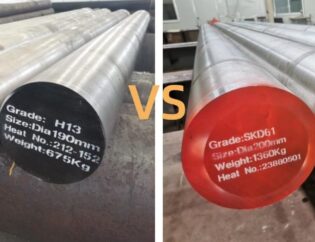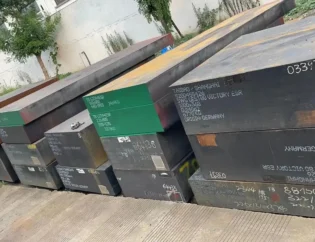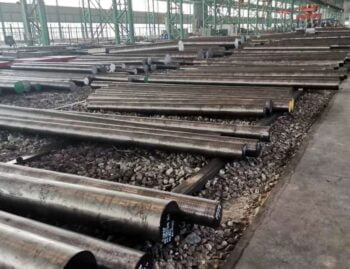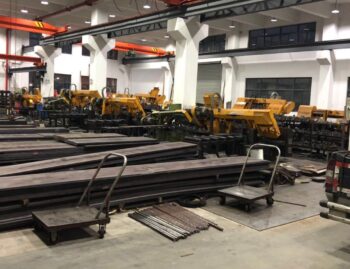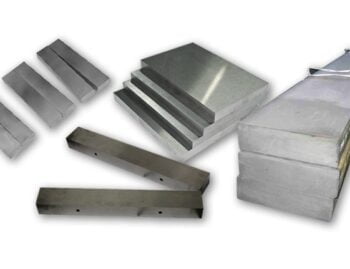Cold work die steel and hot work die steel are differentiated primarily by the conditions under which they are used and their properties:
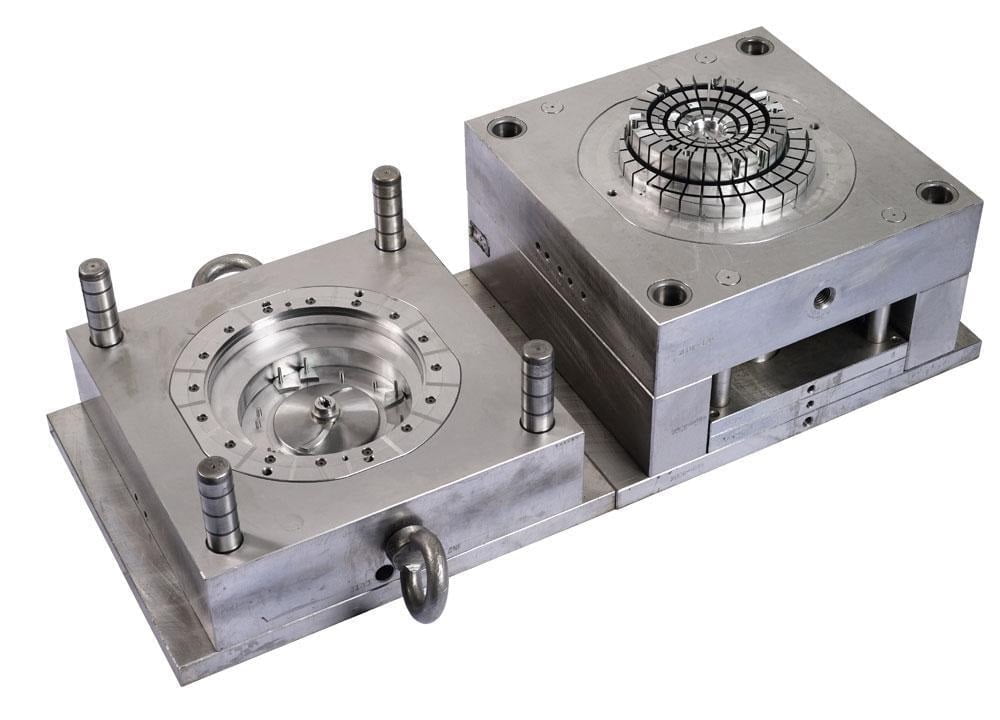
Usage Conditions:
- Cold Work Die Steel: Designed to be used at relatively low temperatures during the shaping or forming of materials at or near room temperature. Examples include cutting, punching, and forming operations that do not involve significant heating of the material being worked on.
- Hot Work Die Steel: Designed to withstand high temperatures during operations where the material being worked on is heated significantly, such as forging, extrusion, or die casting.
Operating Temperatures:
- Cold Work Die Steel: Operates at temperatures below 200°C (392°F), typically around room temperature.
- Hot Work Die Steel: Operates at temperatures above 200°C (392°F) and can range up to several hundred degrees Celsius, depending on the specific application.
Properties:
- Cold Work Die Steel: Generally characterized by high wear resistance, good toughness, and adequate hardness. It is essential for maintaining its cutting or forming edge under mechanical stress without undergoing significant softening or deformation.
- Hot Work Die Steel: Needs to maintain strength and hardness at elevated temperatures, resist thermal fatigue and wear, and have good thermal conductivity to handle the rapid heating and cooling cycles involved in hot forming processes.
Alloying Elements:
- Cold Work Die Steel: Often contains higher percentages of carbon and alloying elements like chromium, tungsten, and vanadium to enhance hardness and wear resistance.
- Hot Work Die Steel: Contains alloying elements such as tungsten, molybdenum, and chromium to improve high-temperature strength, toughness, and thermal stability.
In summary, the main difference lies in the temperature conditions under which these steels are used and their respective properties optimized for those conditions. Choosing the right type of die steel depends on the specific application, whether it involves cold or hot forming processes.
